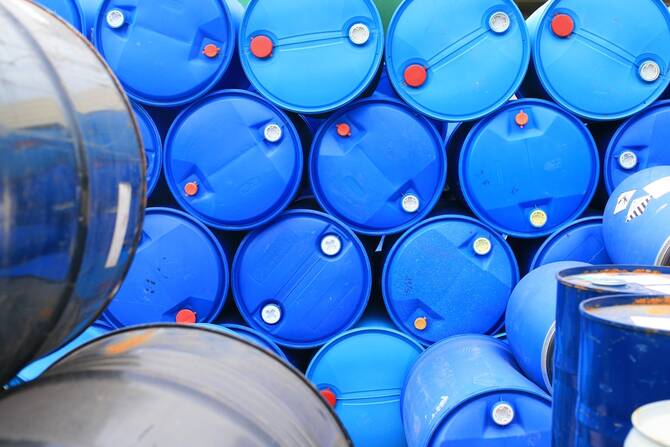Indeed there is no other currency that could handle the vast ocean of daily oil trades that help to keep the world moving.
Because oil is traded in dollars, the currency and the commodity tend to be inversely related – that is to say they usually move in opposite directions.
In past global economic downturns including this one we are experiencing right now, the dollar has gained against other major currencies.
Indeed since the start of the COVID-19 crisis, the US dollar index has advanced to near record highs.
This index measures the value of the greenback relative to a basket of the world's top six currencies.
The main contributor to the appreciation in crude oil prices is the supply/demand balance as well as the movement of speculative money.
Faisal Faeq
The end of 2016 saw a rise in US interest rates helping to push the currency to its highest level in 14 years. The expectation may have been that dollar strength would have pushed the price of oil lower. Yet prices instead stabilized because the markets were more focused on the start of the OPEC+ output cuts.
It was the opposite of the 1986 scenario when oil prices pushed down to $10 a barrel as the dollar again rose.
Prices collapsed from $31.72 per barrel in November 1985 to $10.42 dollars per barrel in March of 1986, which was one of the lowest levels seen since the latest collapse of April 20, 2020.
The main contributor to the appreciation in crude oil prices is the supply/demand balance as well as the movement of speculative money.
It is also evident that the main driver behind the depreciation of the dollar is the sizeable US trade deficit.
As the US deficit has increased, US corporate leverage has also increased.
In the past the policy response may have been to increase interest rates to draw more capital into US investments and sovereign bonds.
But with the US economy straining under the spread of the coronavirus and millions out of work, the policy challenge is great – making for interesting times for both commodity and currency.
- Faisal Faeq is an energy and oil marketing adviser. He was formerly with OPEC and Saudi Aramco. Twitter:@faisalfaeq























